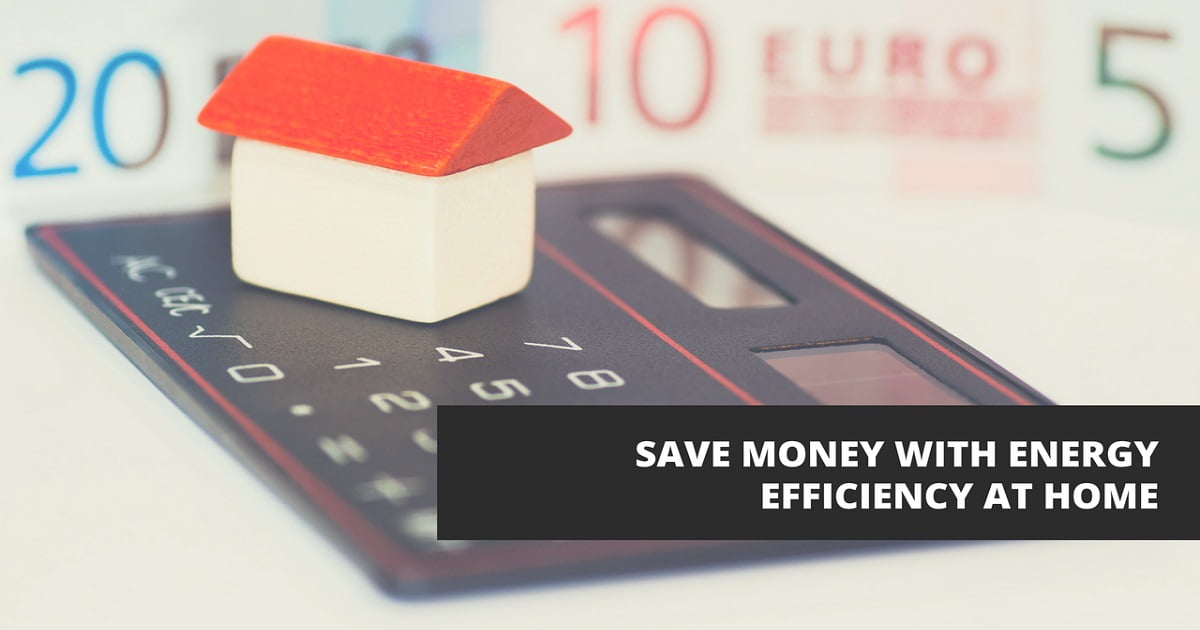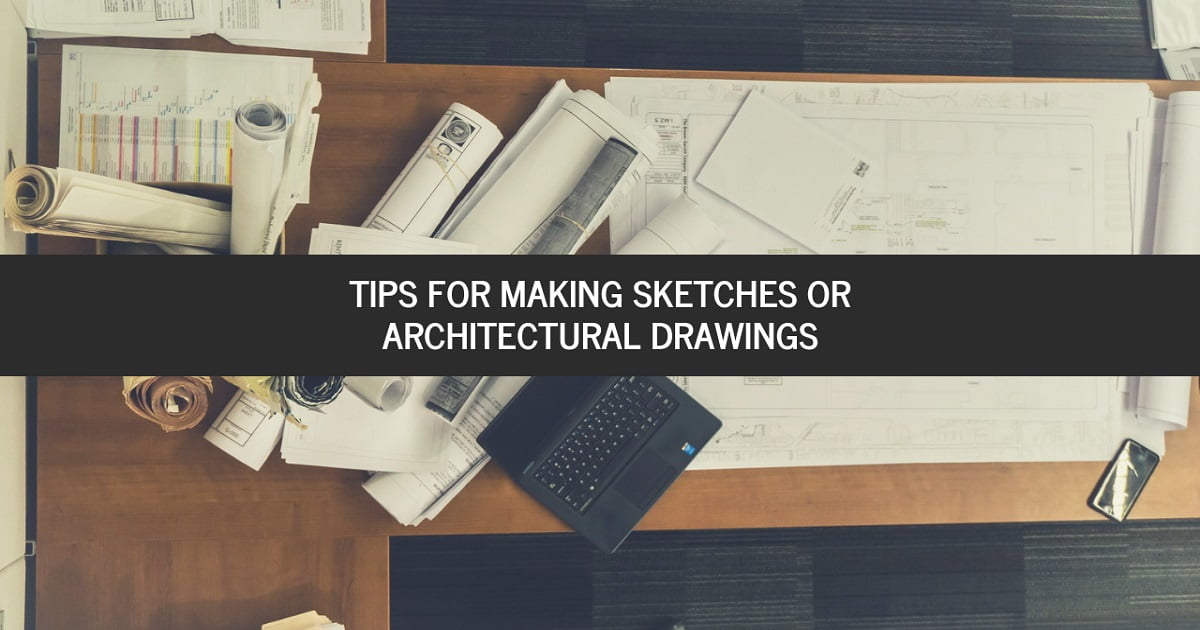Would you like to learn how to draw architectural drawings or sketches? Then this is for you! Discover here the main techniques of pencil drawing.
Freehand drawing is essential to draw sketches and architectural drawings, here we give you useful tips and advice to draw in pencil.
Today’s post has to do with something that we often do not develop because of fear and it is drawing, many times our dreams of designers fall apart when we do not know or can not put on paper the idea that we have in our heads and that It excites us so much.
But the drawing is not only about architecture, there are people who are interested in drawing landscapes or who simply do it for hobbies, we have others that in addition to a professional situation we do it to de-stress and as a method to relax.
How to start drawing?
Usually for a person who has had very little or no contact with architectural drawings, the most important thing is to do exercises to let go of the hand, since in order to elaborate organic or natural forms it is necessary that we have a fluid movement of the hand, so it is highly recommended to start on a sheet to make circles and serpentine lines so that the hand acquires that necessary flexibility. We must also think that we will not draw or make portraits that look like a photograph the first time, drawing as any activity in life needs a lot of practice and the more we practice, the better the drawings will come out.

Tips to start your PROFESSIONAL LIFE as an Architect

SALES TIPS for Architects

What is SEMIOTICS in Architecture?

DIGITAL TOOLS to develop an Architecture Thesis

Guide to Renew the FRONT OF YOUR HOUSE at Low Cost

Smartphones for Architects: SAMSUNG GALAXY S8
The drawing is relatively simple, it is a skill that we develop over time and it is something that we can enjoy a lot of and spend hours on it, besides it is not expensive or an activity that we have to invest a lot of money, enough with a pencil and a piece of paper to do it.
It is advisable to first start with a pencil drawing technique because it is much simpler and if you make a mistake you can erase, later on, mastering the pencil drawing technique you can continue with a pen or marker and start drawing in color. Drawing as everything in life involves a process and each step you take will be satisfactory. But before drawing a line on paper we must know perfectly our working tool, which in this case will be the pencil.
Types of pencils
How to know if a pencil is suitable for drawing? Well, all pencils have a graduation according to their hardness or darkness. Hard pencils produce lighter shades on paper, while soft pencils produce darker shades. A hard pencil keeps its tip much firmer and better than a soft pencil, therefore you have to know how to handle each one.
For the technical or architectural drawing, hard pencils are preferable because they give us greater finesse in the stroke and more precision, with soft pencils we must have much more tact when using them and try not to use them with a rigid hand since the tip will be breaking many times. With soft pencils we must be very careful because if we use them in a rigid way they can scatter dust from the tip by the drawing and we can stain it.
Pencil Graduation
The graduation of the pencils is divided into the letters «H» and «B» these names come from the words in English «hard» and «black» in hard and black Spanish, this denomination is always accompanied by a number that goes from 2 to 9, for example, a 7B pencil is a soft pencil that produces very dark tones while a 6H pencil is a hard pencil that gives us very clear and soft strokes and tones.
I recommend that before you begin to dedicate to drawing, buy or get a complete set of pencils, this game includes all the ranges and tones of pencils and they go from 9B to 9H, so you can have all the existing tones and you can draw from a much more complete form even incorporating shading and blur effects.

Post Production RENDERING TIPS

Guide to Renew the FRONT OF YOUR HOUSE at Low Cost

5 ways to grow your ARCHITECTURAL CAREER

How to start a HOME OFFICE as an Architect?

Save Money with Energy Efficiency at Home

SALES STRATEGIES for Architects and Designers
In this case the most advisable for a person who wants to start drawing is to draw sketches, a sketch is a drawing that only contains the initial strokes of what you want to draw without getting to the finer details, for this it is advisable to use pencils more than the range of «H», we can use a 2H, a HB (which is the intermediate pencil between hard and soft) and a 2B to highlight or give proximity effects, then I will give you some tips that are important to the time to make a drawing.
- The first step we must practice is the line drawing, straight lines and suddenly some curve or scribble, once this is done we must perfect the curved lines, if you do not get it right at the beginning do not despair because the better practice the better things will come out .
- Lighting is fundamental, try to place yourself in a space free of distractions and where the light reaches you from the opposite side of your skillful hand, if you are right-handed make sure that the light reaches you from the left side, this is so that your hand does not project Shadows on paper and distract you when you draw.
- Start by drawing objects or simple things, do not try to draw the first landscape full of details, go step by step and something fundamental and important: NEVER STOP YOUR HAND HALF A TRACE, a line is drawn from the beginning to the end of a single stroke.
- Save your drawings so you can see your progress.
- If you do not finish your drawing in a session try to finish it as quickly as possible so you do not lose rhythm and interest in the
- An error that is often made is to look at the drawing many times, after drawing a line do not look at the drawing, concentrate on it and when you think that you have advanced a considerable percentage of it then if you can take a look at it.
- Do not accumulate the weight of your hand on the pencil, a rigid and heavy hand promotes hard and rough strokes, most of the time we do this unconsciously, but we must try to keep the softness and lightness in the hand especially for fine strokes .
- Try to draw what you see and not what you imagine, in a sketch the important thing is to suggest the shapes, the brain and eyes tend to close or complete the shapes you see.

